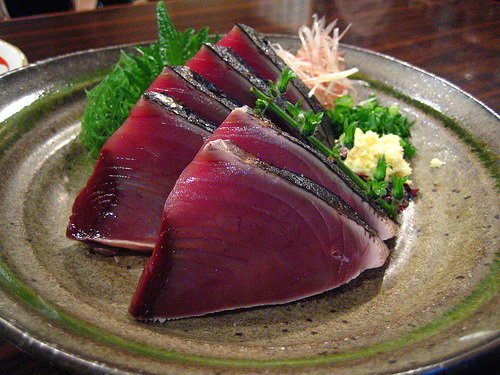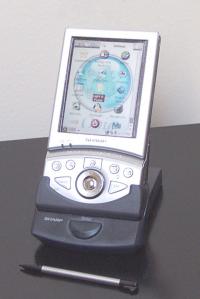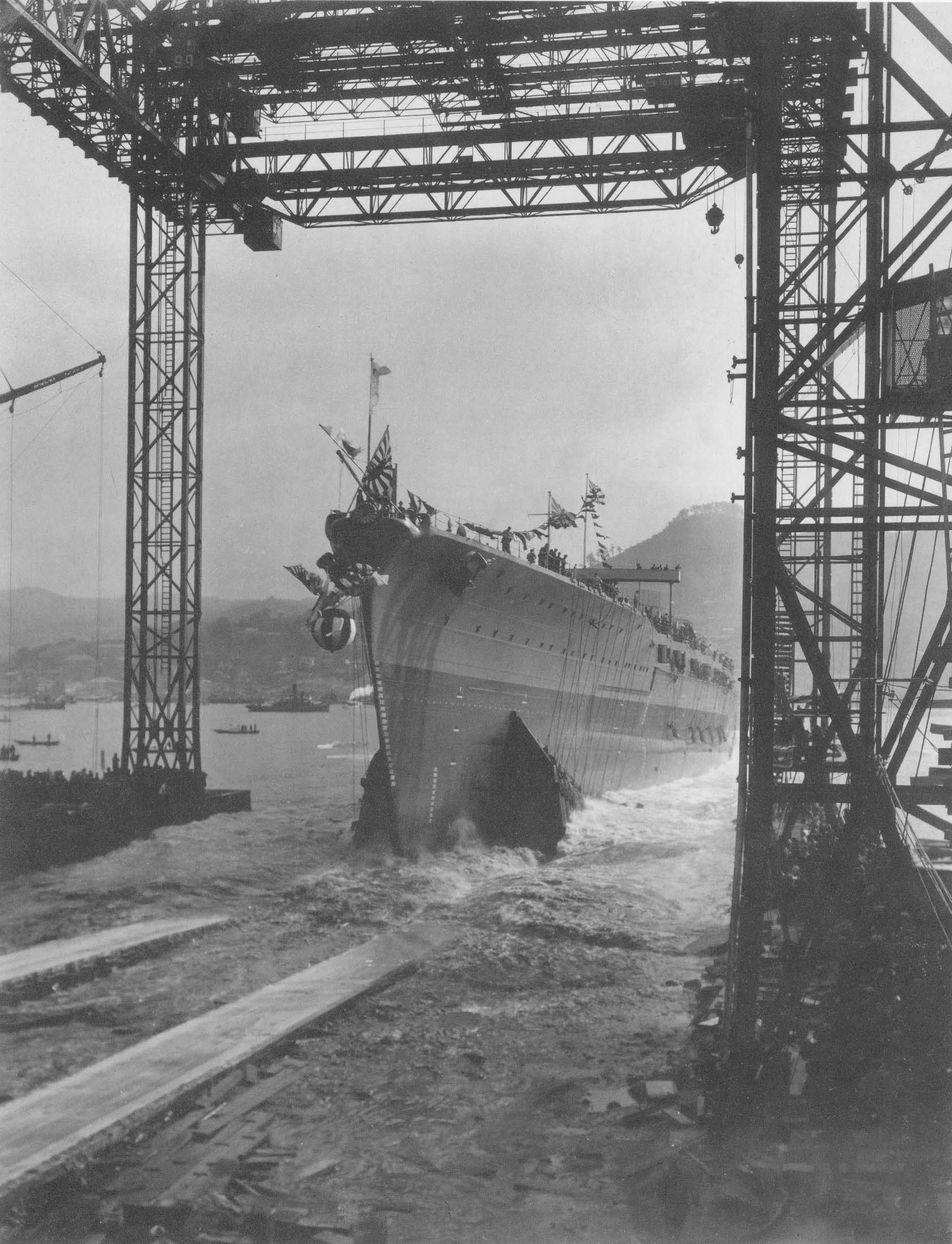|
Tosa (other)
Tosa may refer to: Places * Tosa, Kōchi a city in Kōchi Prefecture, Japan * Tosa, Kōchi (town), a town in Kōchi Prefecture, Japan * Tosa District, Kōchi * Tosa province and Tosa Domain, now known as Kōchi Prefecture * Wauwatosa, known to locals as Tosa, a city in Wisconsin People with the surname *, Japanese shogi player * Tosa Mitsunobu * Tosa Mitsuoki * Reiko Tosa, marathon runner *, Japanese diver Other uses * Tosa dialect * ''Tosa-mi'', or tataki, a cooking technique * Tosa (dog), a Japanese dogfighting breed * ''Tosa''-class battleship of Imperial Japan ** Japanese battleship ''Tosa'', the lead ship of the ''Tosa'' class * TOSA (bus), a concept electric bus * The Sharp Zaurus model SL-6000 See also * Cima Tosa, a peak in the Brenta Dolomites * Tosa d'Alp, or La Tosa, in the Pyrenees * Tosa corner or hairpin of the San Marino Grand Prix race track * Tosia, name *Toska (other) Toska or Toskas may refer to the following: Places *Toska, Island in Norwa ... [...More Info...] [...Related Items...] OR: [Wikipedia] [Google] [Baidu] |
Tosa, Kōchi
270px, Niyodo River in Tosa 270px, Aerial view of Tosa city center is a city located in Kōchi Prefecture, Japan. , the city had an estimated population of 26,427 in 12671 households and a population density of 290 persons per km2. The total area of the city is . The city of Tosa should not be confused with the historical Tosa Province, which covered all of modern-day Kōchi Prefecture. Geography Tosa is located in central Kōchi Prefecture on the southern coast of the island of Shikoku, and faces the Shikoku Mountains to the north and Pacific Ocean to the south. The Niyodo River flows through the Takaoka Plain in the town, where rice is grown. Surrounding municipalities Kōchi Prefecture *Kōchi (city) * Susaki * Ino * Kōchi * Sakawa * Hidaka Climate Tosa has a Humid subtropical climate (Köppen ''Cfa'') characterized by warm summers and cool winters with light snowfall. The average annual temperature in Tosa is 15.9 °C. The average annual rainfall is 2631&nbs ... [...More Info...] [...Related Items...] OR: [Wikipedia] [Google] [Baidu] |
Tataki
Two methods of preparing fish or meat in Japanese cuisine are called or . In Japanese, means "pounded" or "hit into pieces". Cooked food In the first method, the meat or fish is seared very briefly over a hot flame or in a pan, and can be briefly marinated in vinegar, sliced thin, and seasoned with ginger (which is ground or pounded into a paste, hence the name). Food so prepared can also be served like sashimi with soy sauce and garnishes. The method originated in Tosa Province, now part of Kōchi Prefecture, where it was applied to bonito (). Lore has it that it was developed by Sakamoto Ryōma, a 19th-century rebel samurai, who picked up the European technique of grilling meat from the foreigners resident in Nagasaki is the capital and the largest city of Nagasaki Prefecture on the island of Kyushu in Japan. It became the sole port used for trade with the Portuguese and Dutch during the 16th through 19th centuries. The Hidden Christian Sites in the .... Un ... [...More Info...] [...Related Items...] OR: [Wikipedia] [Google] [Baidu] |
Tosia
Tosia is a Polish feminine given name that is a diminutive form of Antonina or Antonia used in Poland. Notable people with this name include the following: Given name *Tosia Altman (1919 – 1943), Polish resistance courier and smuggler *Tosia Malamud (1923 – 2008), Ukrainian sculptor See also *Tonia (name) *Topia (other) *Tosa (other) *Tosca (other) *Tosin (given name) Tosin is a Nigerian unisex given name of Yoruba origin meaning "worthy to be served." It is a diminutive version of "Oluwatosin" meaning "God is worthy to be served." Notable people with the name include: *Tosin Abasi (born 1983), Nigerian America ... References {{given name Polish feminine given names Feminine given names ... [...More Info...] [...Related Items...] OR: [Wikipedia] [Google] [Baidu] |
Autodromo Enzo E Dino Ferrari
The Autodromo Internazionale Enzo e Dino Ferrari, better known as Imola, is a motor racing circuit in the town of Imola, in the Emilia-Romagna region of Italy, east of Bologna. It is one of the few major international circuits to run in an anti-clockwise direction. The circuit is named after Ferrari's late founder, Enzo Ferrari (1898–1988), and his son, Alfredo "Dino" Ferrari (1932–1956). Before Enzo's death, it was called Autodromo Dino Ferrari. The circuit has an FIA Grade One licence. Imola was the venue for the San Marino Grand Prix between 1981 and 2006. During this period, two Grands Prix were held in Italy every year, with the Italian Grand Prix taking place at Monza, so the Imola race was named after the nearby state. Imola also hosted the 1980 Italian Grand Prix in place of Monza. When Formula One visits Imola, it is seen as the home circuit of Scuderia Ferrari, and masses of supporters come out to support the local team. The venue returned to the Formula One ... [...More Info...] [...Related Items...] OR: [Wikipedia] [Google] [Baidu] |
Tosa D'Alp
Tosa d'Alp or La Tosa is a mountain in Baixa Cerdanya in the Spain, Spanish Pyrenees. The Coll de Pal is a mountain pass that separates its eastern part from the Puigllançada. This mountain forms a quadripoint where the Alp, Spain, Alp, Urús, Das, Catalonia, Das and Bagà municipal limits meet. There is a triangulation station (''282081001'') at the summit. Part of its slopes are home to the ski resort of Masella which is part of Alp 2500. References {{catalonia-geo-stub Mountains of Catalonia ... [...More Info...] [...Related Items...] OR: [Wikipedia] [Google] [Baidu] |
Cima Tosa
Cima Tosa is a mountain in the Brenta group (''It.: Dolomiti di Brenta''), a subgroup of the Rhaetian Alps in the Italian Region of Trentino-Alto Adige, with a reported height of . it is the second highest peak of the Brenta group in the southern limestone Alps after the Cima Brenta. The height of the summit marked on the IGM maps is , which would make it the highest peak in the Brenta Dolomites. An electronic measurement campaign in 2015 determined the new height. The change could be linked to the partial melting of the ice cap that covers it. Being the second highest peak of the Brenta group also changed Cima Tosa's prominence making its prominence above the Bocca di Brenta. The mountain rises above Val Rendena with its vertical north face with a steep couloir called Canalone della Tosa dividing it from its ante-peak, Crozzon di Brenta. The summit is topped by a snow cupola above the rock face, almost like a shaven head, hence the name Cima Tosa (Iocal dialect: Shaven Sum ... [...More Info...] [...Related Items...] OR: [Wikipedia] [Google] [Baidu] |
Zaurus
The Sharp Zaurus is the name of a series of personal digital assistants (PDAs) made by Sharp Corporation. The Zaurus was the most popular PDA during the 1990s in Japan and was based on a proprietary operating system. The first Sharp PDA to use the Linux operating system was the SL-5000D, running the Qtopia-based Embedix Plus. The Linux Documentation Project considers the Zaurus series to be "true Linux PDAs" because their manufacturers install Linux-based operating systems on them by default. The name derives from the common suffix applied to the names of dinosaurs. History In September 1993, Sharp introduced the PI-3000, the first in the Zaurus line of PDAs, as a follow-on to Sharp's earlier Wizard line of PDAs (the Wizard also influenced Apple's Newton). Featuring a black and white LCD screen, handwriting recognition, and optical communication capabilities among its features, the Zaurus soon became one of Sharp's best selling products. The PI-4000, released in 1994, expa ... [...More Info...] [...Related Items...] OR: [Wikipedia] [Google] [Baidu] |
TOSA (bus)
The TOSA concept and test bus is a full large capacity urban battery electric bus system built by Carrosserie Hess and developed together with ABB Sécheron, a subsidiary of ABB. Aim of the concept and project The aim is to provide a zero local emission mass public transportation bus system with high passenger capacity and no overhead line. The concept supports same operating timetable and frequency as line operated with diesel buses, trolleybuses and operating conditions of Bus Rapid Transit systems. The following aspects have been considered to comply with a sustainable mobility approach: * Minimise use of raw material throughout the life cycle: lithium-titanate battery technology has been selected accordingly. * Energy efficiency: High passenger capacity, low vehicle weight (small battery), conductive energy transfer and grid connection with peak shaving. * Safety and health: Low emission of radiation Non-ionizing radiation during energy transfer at bus stops (conductive con ... [...More Info...] [...Related Items...] OR: [Wikipedia] [Google] [Baidu] |
Japanese Battleship Tosa
was a planned battleship of the Imperial Japanese Navy. Designed by Yuzuru Hiraga, she was envisioned as the lead ship of the of two ships. The battleships would have been armed with ten guns and bring Japan closer to its goal of an "Eight-four" fleet (eight battleships and four battlecruisers). All work on the ship was halted after the Washington Naval Conference and the signing of the Washington Naval Treaty. As the vessel had to be destroyed in accordance with the terms of the treaty, the incomplete ''Tosa'' was then subjected to tests to gauge the effect of Japanese weaponry before being scuttled on 9 February 1925. Design and construction Designed by Yuzuru Hiraga, ''Tosa'' was intended to be part of a Japanese "Eight-four fleet", comprising eight battleships and four battlecruisers, the successor to the proposed "Eight-eight fleet". ''Tosa'' and her sister ship were intended to be the second set of high-speed battleships (after the ) under the plan, and were approved f ... [...More Info...] [...Related Items...] OR: [Wikipedia] [Google] [Baidu] |
Tosa-class Battleship
The The ships are sometimes referred to as the ''Kaga'' class, after the ship that was planned to have been completed first. were two dreadnoughts ordered as part of the " Eight-Eight" fleet for the Imperial Japanese Navy (IJN) during the early 1920s. The ships were larger versions of the preceding , and carried an additional twin-gun turret. The design for the class served as a basis for the s. Both ships were launched in late 1921, but the first ship, , was cancelled in accordance with the terms of the Washington Naval Treaty before it could be completed, and was used in experiments testing the effectiveness of its armor scheme before being scuttled in the Bungo Channel. The hull of the second ship, , was converted into an aircraft carrier of the same name. The carrier supported Japanese troops in China during the Second Sino-Japanese War of the late 1930s, and took part in the attack on Pearl Harbor on 7 December 1941 and the invasion of Rabaul in the Southwest Pacific in ... [...More Info...] [...Related Items...] OR: [Wikipedia] [Google] [Baidu] |
Tosa (dog)
The is a dog breed, breed of dog of Japanese origin that is considered rare. It was originally bred in Tosa Province, Tosa, Shikoku (present day Kōchi Prefecture, Kōchi) as a fighting dog and is the only breed still used (legally) in Japanese dog fighting. Ownership is restricted in some countries as a dangerous breed. In South Korea it's one of the main dog meat breeds along with Nureongi dogs. Appearance The Tosa varies considerably in size, with the Japanese-bred dogs tending to be about half the size of those bred outside the country. The Japanese breed generally weighs between , while the non-Japanese breeders have focused on dogs that weigh from and stand at the withers. The coat is characterized by its short and smooth appearance and is often red, brindle or fawn, but occasionally it can be a dull black. Maintenance of the coat is usually minimal. Dogs can occasionally tip the scale at . In Japan they are considered the equivalent of Sumo wrestlers, and are ev ... [...More Info...] [...Related Items...] OR: [Wikipedia] [Google] [Baidu] |
Tosa Dialect
The Tosa dialect (Japanese: 土佐弁 ''tosa-ben'') is a Japanese Shikoku dialect spoken in central and eastern Kochi Prefecture (former Tosa Province), including Kochi City. The dialect of the Western region of Kochi Prefecture is called the Hata dialect (Japanese: 幡多弁 ''hata-ben'') and is drastically different from the Central and Eastern dialect. Classification Shikoku dialects are divided into Western (Tokushima, Kagawa and Ehime), Southern (Kochi), and also occasionally Southwest (western Kochi and southern Ehime). The Tosa dialect exists in a somewhat unique position due to being historically isolated from other prefectures because of the Shikoku Mountains. Kochi Prefecture dialects are broadly divided into Western and Eastern-Central. * Western dialect - Shimanto (city), Tosashimizu, Sukumo, Otsuki, Mihara, Kuroshio (excluding the former town of Saga), Shimanto (town) (excluding the former town of Kubokawa), Yusuhara. Possesses a Tokyo standard pitch acc ... [...More Info...] [...Related Items...] OR: [Wikipedia] [Google] [Baidu] |
.png)





